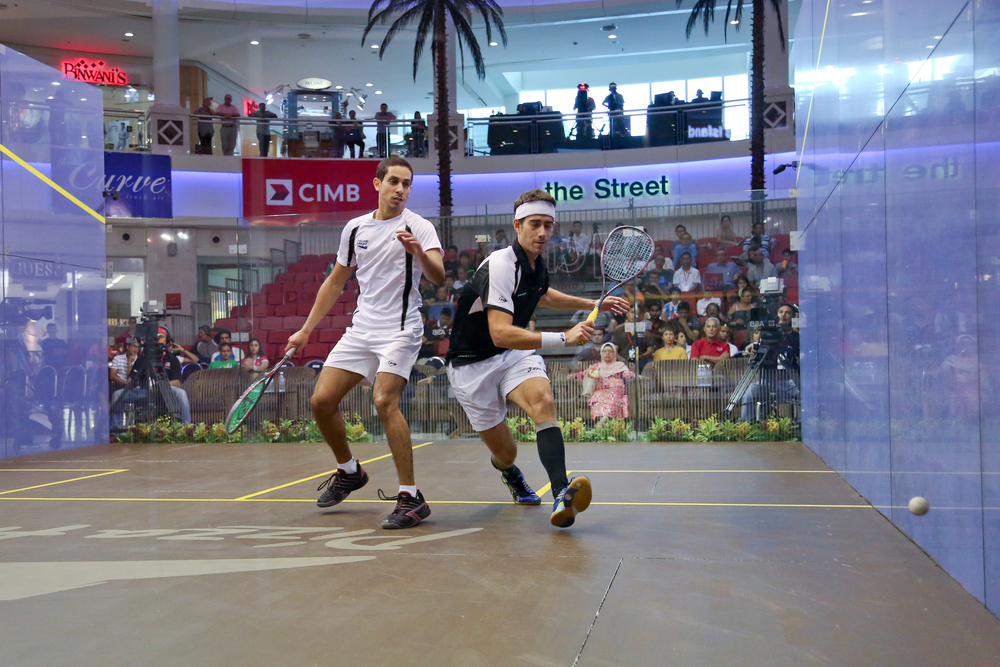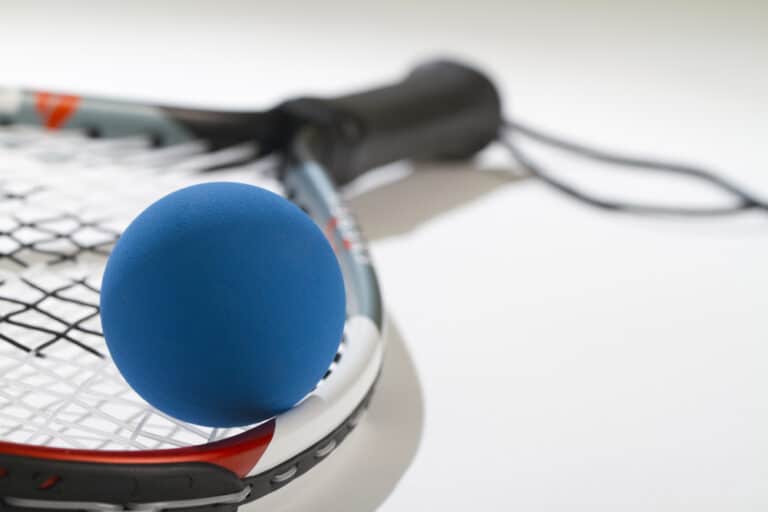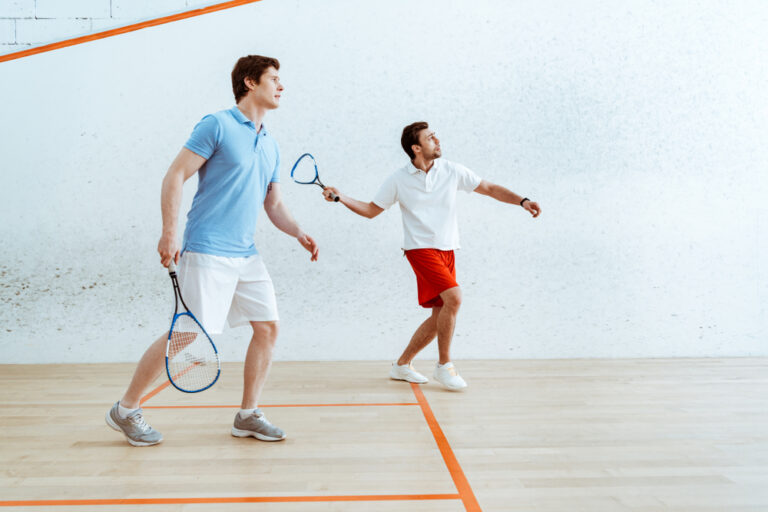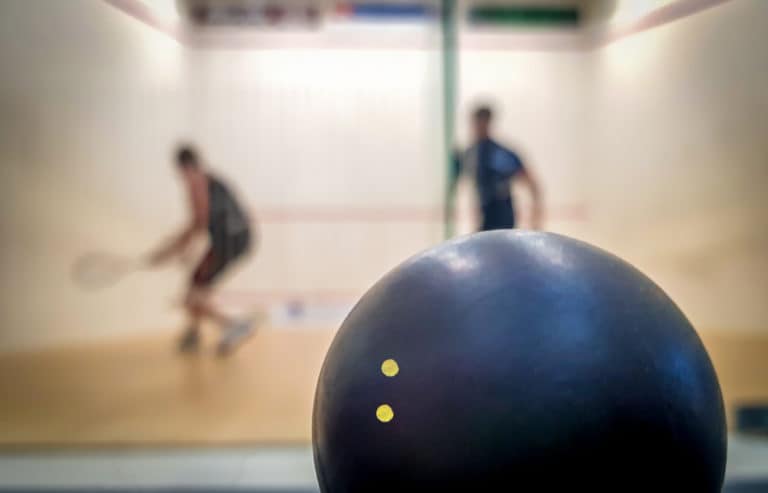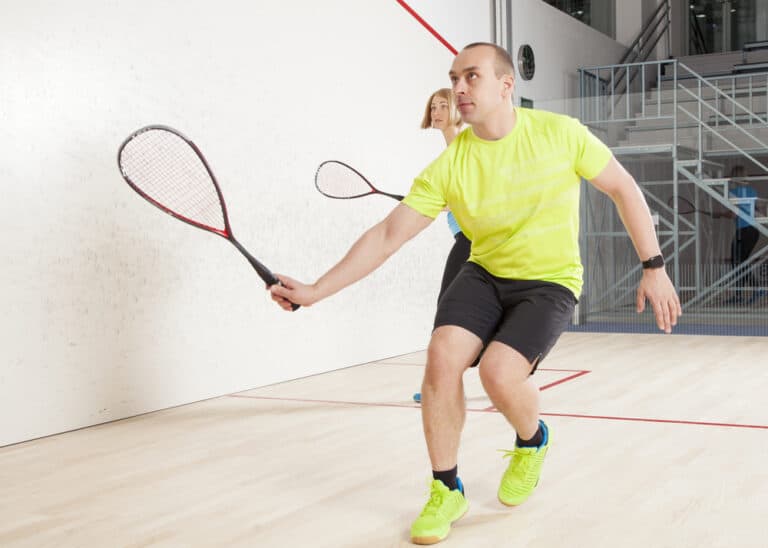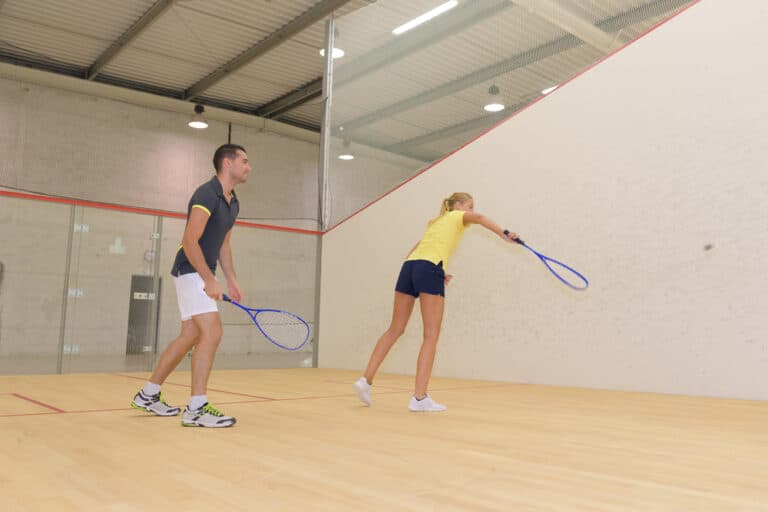How Do Squash Handicaps Work?
In most professional sports tournaments and even other competitive matches, players of equal ability and stamina would be teamed against one another. However, players who want to improve their skill levels will stay dormant for a long time because they do not necessarily have the opportunity to enhance their skill levels. This is where squash handicaps become invaluable.
Squash handicaps are there to give players an equal chance to improve their game. In the USA, they will often team a novice player up with a more experienced player. You are rated and measured by a few factors, including your serve accuracy, volley, grip, fitness, movement, and footwork.
There is a vast difference between squash players in clubs and their abilities. This is why it is good to give players the chance to improve their squash game by playing against other better players. This is a safe opportunity but still a challenging and competitive way to improve one’s skills. Let’s look at how these handicaps work in the game of squash.
How Do Squash Handicaps Work?
The squash handicap system generally works by determining the two players’ handicap ratings, which then determines the points system used. This leads to an unofficial competition where the players have an equal chance of winning the match despite their different skill levels. This wouldn’t be the case if these two players faced one another in a professional tournament.
The handicap can change the points system in one of two ways. It can be a point system that determines how many points each player starts with, which isn’t necessarily the same for each player. The other way to determine the points is that the winner of the match is selected by the number of points a player must achieve. A game can even have a combination of both systems.
An excellent example of how the handicap tournament could work is to look at a tournament match that was played between Alex Arjoon and a young player named Michael Alfonso. It was held at Georgetown Club Courts in Guyana, South America. Alex had a handicap of minus 36 and Michael Alfonso’sAlfonso’s handicap was minus 15.
Alex Arjoon ultimately won, but he had to win the game by 15 points (in other words, 15 more than Alonso), while Alfonso only needed to get to 15 points to win. This was an efficient way to use their respective handicaps to determine a fair way for them to both have a chance at winning, despite one of the players being far less experienced at the game.
United States Handicap Rating Criteria
The United States handicap rating works by evaluating players on the following criteria:
- Forehand technique
- Backhand technique
- Fitness and movement
- Serve technique
- Serve Return technique
- Volley
- Special shots
- Playing style
- Tournament experience
Depending on their experience and how good they are based on the above criteria, each player will receive a ranking (handicap) based on their skill levels.
Ranking Score
The ranking score is based on how well you perform and your skill levels with all of the above criteria in mind. We will now break down each ranking individually to better understand how you might be ranked according to your skill level.
2.0 E
You may get this ranking if your forehand and backhand still need a lot of practice. Your swing is inaccurate and inconsistent. You are not yet confident when it comes to your backhand, which includes your footwork. You avoid backhand swings as much as possible and are unsure of your grip.
Your serve and return of serve show that you are still learning where you should stand. You still have a steep learning curve in your accuracy of return to the service line. You still need to work on your movement and keep in mind that you should keep your eyes focused on the ball and not on the front wall.
You still don’t clearly understand how to use depth and angles to your advantage. In general, there is still a lot of practice required, but if you put your mind to it and you are determined to learn the techniques, then nothing can stand in your way.
2.5 D
This ranking shows that there is already marked improvement in your forehand and backhand swings. You also have reasonable control of your shots. But you still need practice in the handling of your grip. You now know the basics of your serve techniques but still need training in the return of your serve, as it isn’t very consistent and accurate.
In general, you can make contact with the ball, but you still need to work on your lob hits since the ball is constantly out. You tend to be all over the court, so you must learn to control the middle of the court and anticipate your opponent’s movements. This will be a significant advantage for you.
3.0 DD
You are now consistent with your forehand and backhand swings. There is moderate variation, and you are starting to understand how the depth can work to your advantage. However, you probably struggle to stay in control under pressure, making you over-hit the ball more often than you would prefer.
Your serves and return of serve skills are improving. You are more consistent and accurate in your shots. Your lobs also have more power and accuracy to them. You tend to run hard and hit hard. By this point, you also have a good idea of how the squash rules work.
Your fitness and movement skills are developing well. By this stage, you have already started to play in tournaments, and you can probably play against 2.0 E, and 2.5 D ranked players and win the match without too much effort.
3.5 C
Overall you play good power shots, and your game has improved dramatically. You can recover yourself and the ball from the front and back corners. You can hit a lob off of the sides, but there is still some inaccuracy at times.
4.0 CC
When you reach this rank, your drive has more power and is highly accurate. You are more confident on the court. You could still make mistakes under pressure, and it’s possible that you might have trouble with your drop shots.
4.5 B
Your forehand is accurate, and it has depth and power to it. You can also control your depth and power with a backhand; however, you still have occasional moments where you make mistakes under pressure.
5.0 BB
Your confidence, endurance, and accuracy are at a point where you make no (or only a few) mistakes on the court. Your game has a purpose, and you are driven to drive the ball. Your lob shots are also highly accurate, even under pressure.
5.5 A
You have confidence when you’re on the court. All your shots are accurate, and you have power in your game. You know when and how to take the advantage over your opponent.
6.0 AA
Once you’ve reached this point, you have total control and dominance on the court, and you maintain control of the “T.” You have power in your wrist and exceptional fitness, movement, endurance, and accuracy in your hits.
By now, you know that through a lot of practice on the court and a strict cardio fitness regime, you have achieved your goal and can dominate the game of squash.
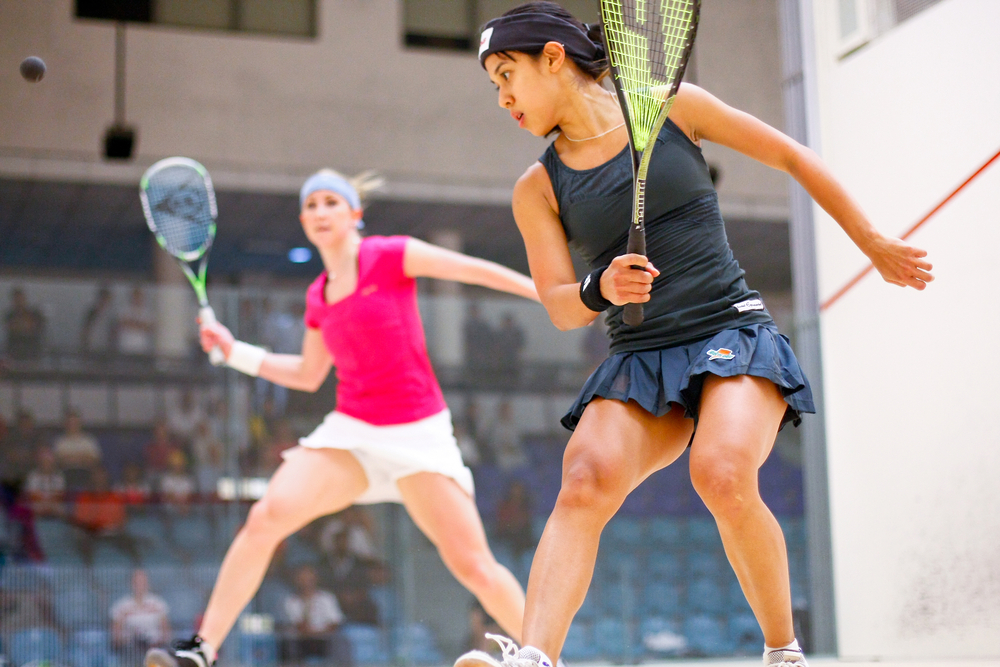
Conclusion
Squash handicaps are great for ranking players of equal skill levels together. They ensure that you will never be under undue pressure in a match. But more than that, they allow you to develop and improve your skills against better players without undue threat of losing a game. A lot of planning and thought has gone into the squash handicap system, and players can benefit greatly from it.
References
- https://ussquash.org/rating-criteria/
- https://www.reddit.com/r/squash/comments/1sgtez/strategy_for_a_high_handicap_game/
- https://www.youtube.com/watch?v=O53NUgWTUfI
- https://www.yemialadeworld.com/what-is-a-good-squash-rating/
- http://www.squashgame.info/squashforum/2431
- http://www.evensquash.com/p/the-evensquash-handicap-system-for.html

